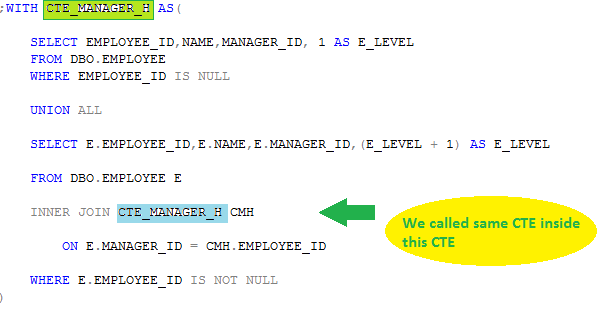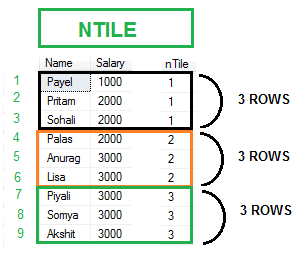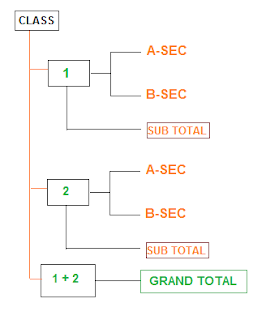It is the
default isolation level for SQL Server. Read
committed isolation reads only committed data in a database. It gives a guarantee of sensible committed
data exists in Table. It is not a part of Dirty read. When read committed isolation level in on then, shared
locks are held while the data is being read to avoid dirty reads.
Shared
locks held for the duration of statement to prevent a concurrent
transaction from concurrently modifying the data, because modification
would require an exclusive lock, which
is not compatible with the shared lock.
Now will go for an
practical example.
I have created a
database (Test_db) and inside it
created a table named “Pritam_table”.
Now, we have to open 2
instance by opening 2 new window in sql server and get the instance number.
Then, write following
codes in instance number 79 window
SET
TRANSACTION ISOLATION
LEVEL READ COMMITTED
BEGIN
TRAN
SELECT
* FROM
PRITAM_TABLE
UPDATE
PRITAM_TABLE SET LEAVE_TYPE_DESCR='ASHGFSGDFGHJSD' WHERE DIM_LEAVE_TYPE_ID=1
ROLLBACK
And, write following codes in instance number 81 window
SET
TRANSACTION ISOLATION
LEVEL READ COMMITTED
SELECT * FROM
PRITAM_TABLE
Now we have to open one more
new window and write the codes given
below.
select
request_session_id,
case
resource_type
when
'DATABASE' then DB_NAME(resource_database_id)
when
'PAGE' then OBJECT_NAME(OBJECT_ID)
when
'RID' then OBJECT_NAME(OBJECT_ID)
when
'OBJECT' then OBJECT_NAME(resource_associated_entity_id)
ELSE
'UNKNOWN'end AS name
,resource_type,request_mode,resource_description,request_status from sys.dm_tran_locks
LEFT
JOIN SYS.partitions ON sys.dm_tran_locks.resource_associated_entity_id=SYS.partitions.hobt_id
where
request_session_id in (79,81)
If we look on this code the last line we can see the request_session_id in (79,81)
This is nothing but a new window number.
Now will go for 79 window and execute the yellow shared
code only
SET TRANSACTION ISOLATION LEVEL READ COMMITTED
BEGIN TRAN
Will
see the table now
SELECT * FROM PRITAM_TABLE
Next, will run update
command to this table. Remember in first step we started BEGIN TRAN.
UPDATE PRITAM_TABLE SET LEAVE_TYPE_DESCR='Lisa Das' WHERE
DIM_LEAVE_TYPE_ID=1
Next will see the
locking type exists in for above update query.
Now will go to 81 window and execute the yellow shared
code only
SET TRANSACTION ISOLATION LEVEL READ COMMITTED
If we run SELECT * FROM PRITAM_TABLE we then it will wait for the updating of
the row in 81 window. This situation
is called Deadlock.
Will look on which locking
type exists now.
Now will go for 79 window and execute the yellow shared
code only
ROLLBACK
If we run SELECT * FROM PRITAM_TABLE. Will see
the result come immediately.













